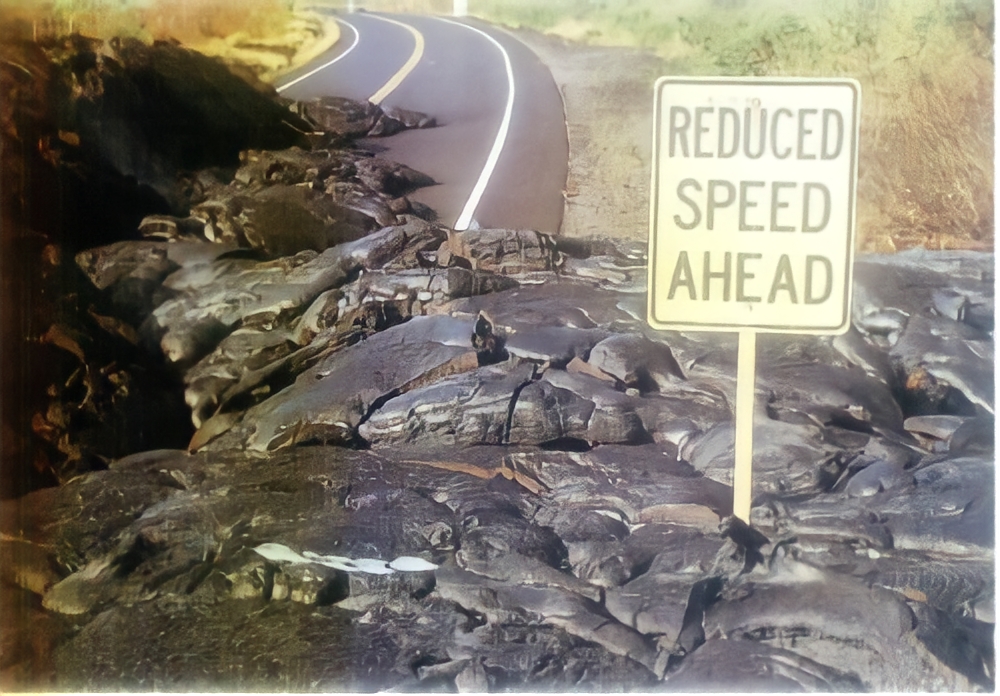The Hawaiian Islands, an assembly-line-style chain of volcanic islands, owe their existence to the northwestward migration of the Pacific Plate at a rate of several millimeters each year. This movement over a volcanic “hot spot” has given rise to the Hawaiian archipelago, comprising eight major islands and 124 islets stretching 1,500 miles northwest from the Big Island of Hawaii to Japan and the Aleutian Islands of Alaska.
At the heart of the Pacific Plate, the Big Island stands as the largest landmass in the chain, followed by Ni’ihau, Kaua’i, Oahu, Molokai, Lanai, Kahoolawe, and Maui. Hawaii, the newest addition to the chain, emerged from the seafloor over a million years ago as five separate volcanoes. These volcanoes erupted repeatedly, layering lava that eventually led to the formation of the island we see today.

The Kohala Mountains were the first to form, sitting above the ‘hot point’ on the plate. As the plate shifted, the site of rising magma moved to Mauna Kea, Hualalai, Mauna Loa, and finally Kilauea. The process continues with Loi’hi, the newest seamount, developing off the Big Island’s southeast coast. In about 50,000 years, Loi’hi might emerge as the next Hawaiian island or join the Big Island as its sixth peak.
Mauna Loa, covering about 51 percent of the Big Island, is a shield volcano, a type characterized by gentle slopes formed by lava flowing over millions of years. Kilauea, the world’s most active volcano, is also a shield volcano, independent of Mauna Loa with its own magma chamber.

Mauna Kea, another major volcano on the island, is easily recognizable by its snowy crown in winter. It is the highest point in the Pacific Ocean and the world’s tallest mountain from base to peak, with a total elevation of 33,000 feet above the sea bottom.
The geological history of the islands also includes the story of Greater Maui, a once continuous landmass with Lanai, Molokai, and Kahoolawe. The submergence of this landmass and the movement away from the Hawaiian hot spot led to the formation of the four major islands we see today.

As the Pacific Plate continues to move northwest, the Big Island faces a future of subsidence and erosion, eventually splitting into smaller islands. However, for now, the island continues to grow, with Mauna Loa and Kilauea still active and erupting.














